Arvind Gupta
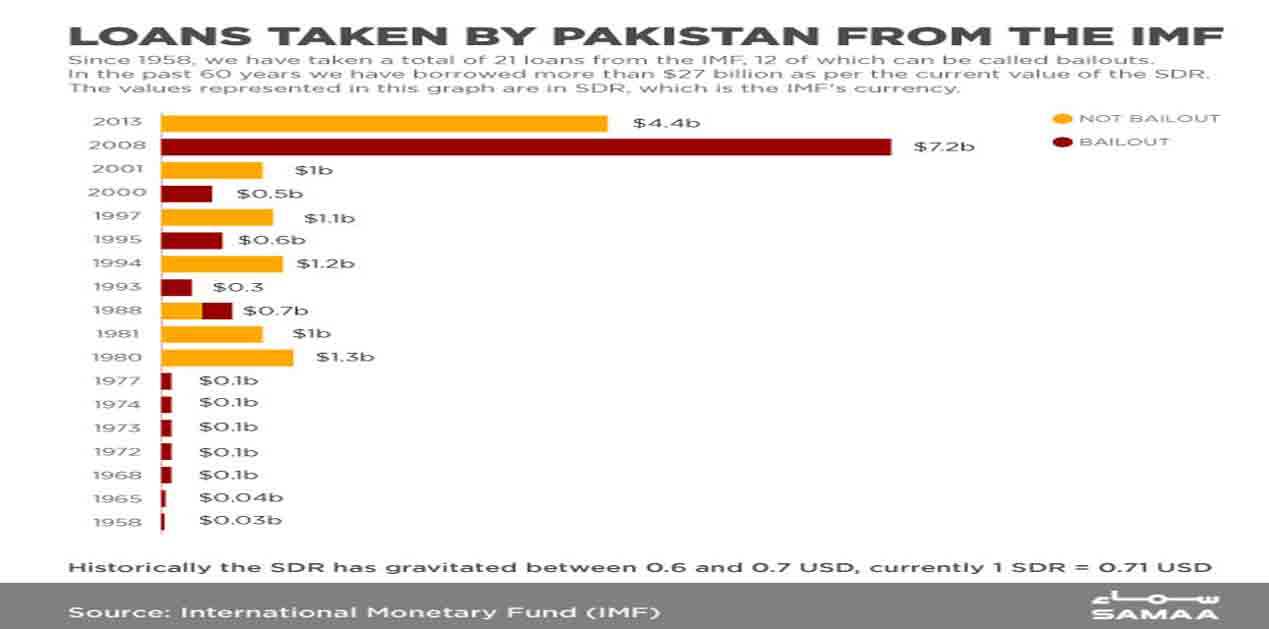 The IMF and the government of Pakistan have agreed on a structural adjustment program of USD 6 billion for three years to stabilise Pakistan’s crisis ridden economy. This will be the 13th such IMF package since 1988. The agreement was reached after months of tough negotiations. The International Monetary Fund (IMF) board is expected to approve the loan agreement in July 2019.
The IMF and the government of Pakistan have agreed on a structural adjustment program of USD 6 billion for three years to stabilise Pakistan’s crisis ridden economy. This will be the 13th such IMF package since 1988. The agreement was reached after months of tough negotiations. The International Monetary Fund (IMF) board is expected to approve the loan agreement in July 2019.
According to some Pakistani economists, the structural adjustment program is focused on stabilisation and not growth. Under the conditionalities agreed, the government will have to take measures to reduce its current account and budget deficits by increasing tax collection, hiking the prices of utilities and letting the rupee float. As an advance action, the Oil and Gas Regulatory Authority (OGRA) of Pakistan has announced a 47 percent increase in the gas prices and recommended a 205 percent hike by 1st July. The Pakistan government has been regularly raising the gas prices since it came to power.

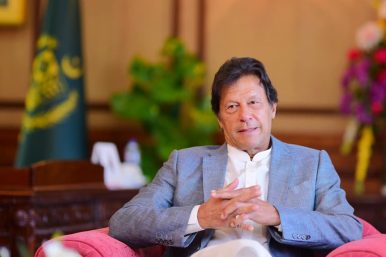



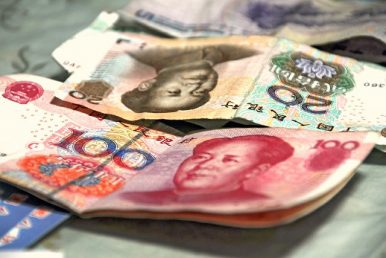


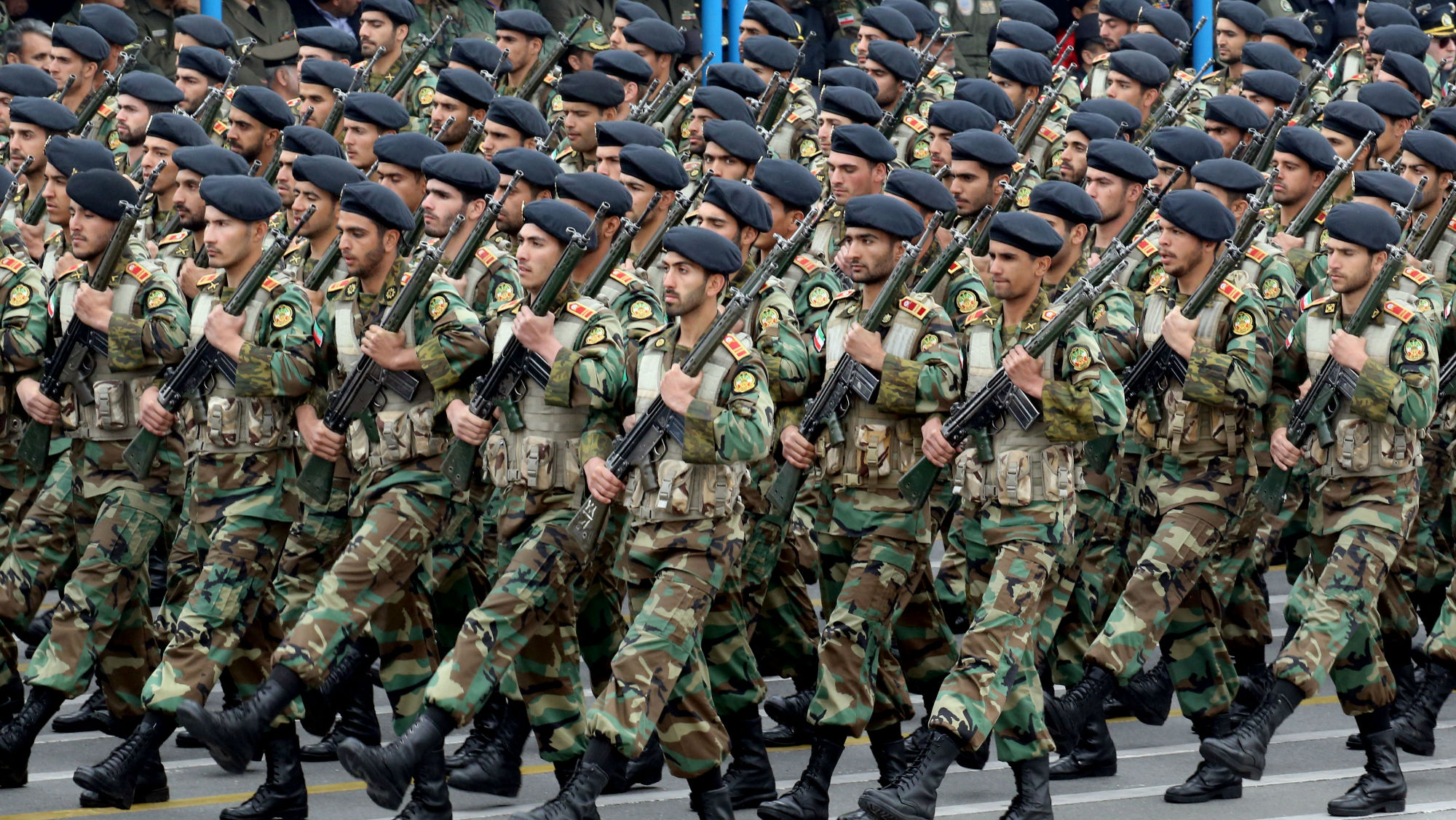
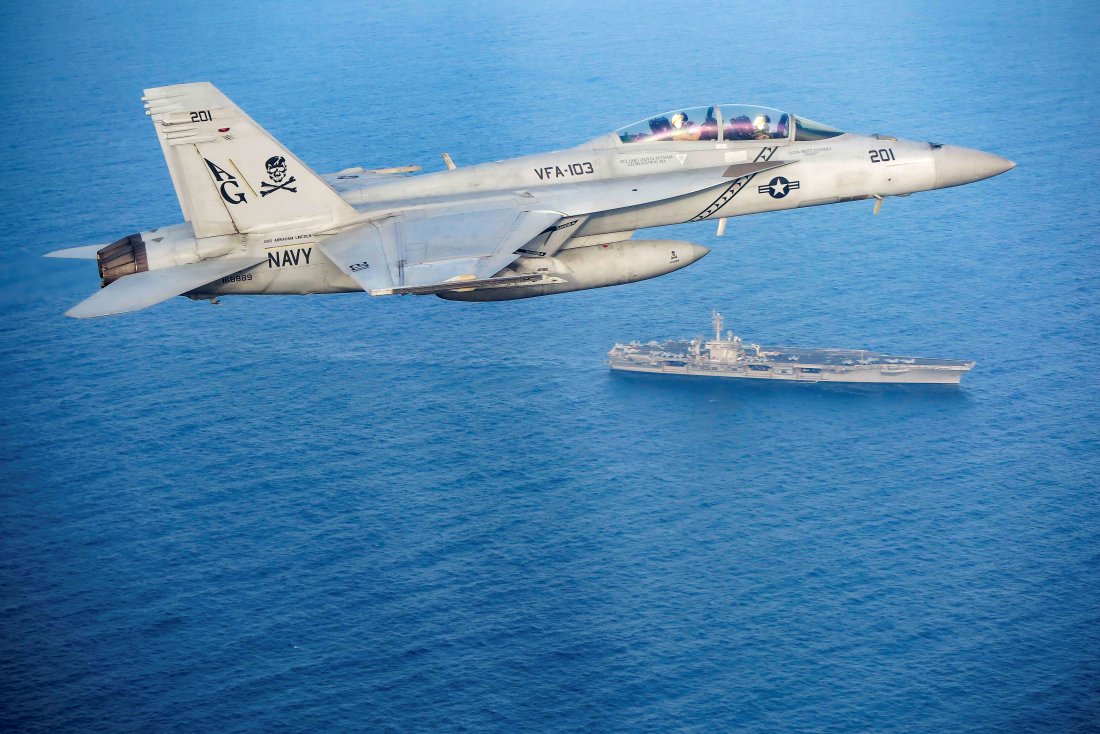
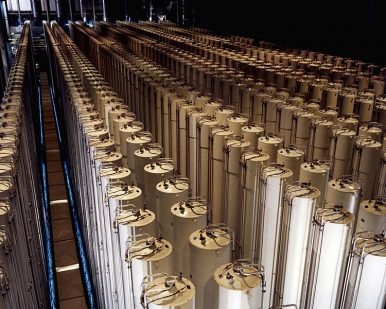

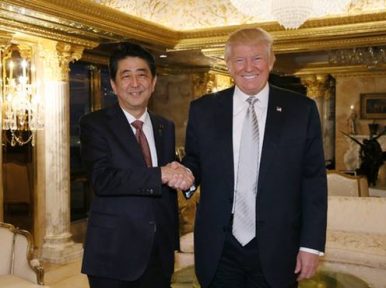
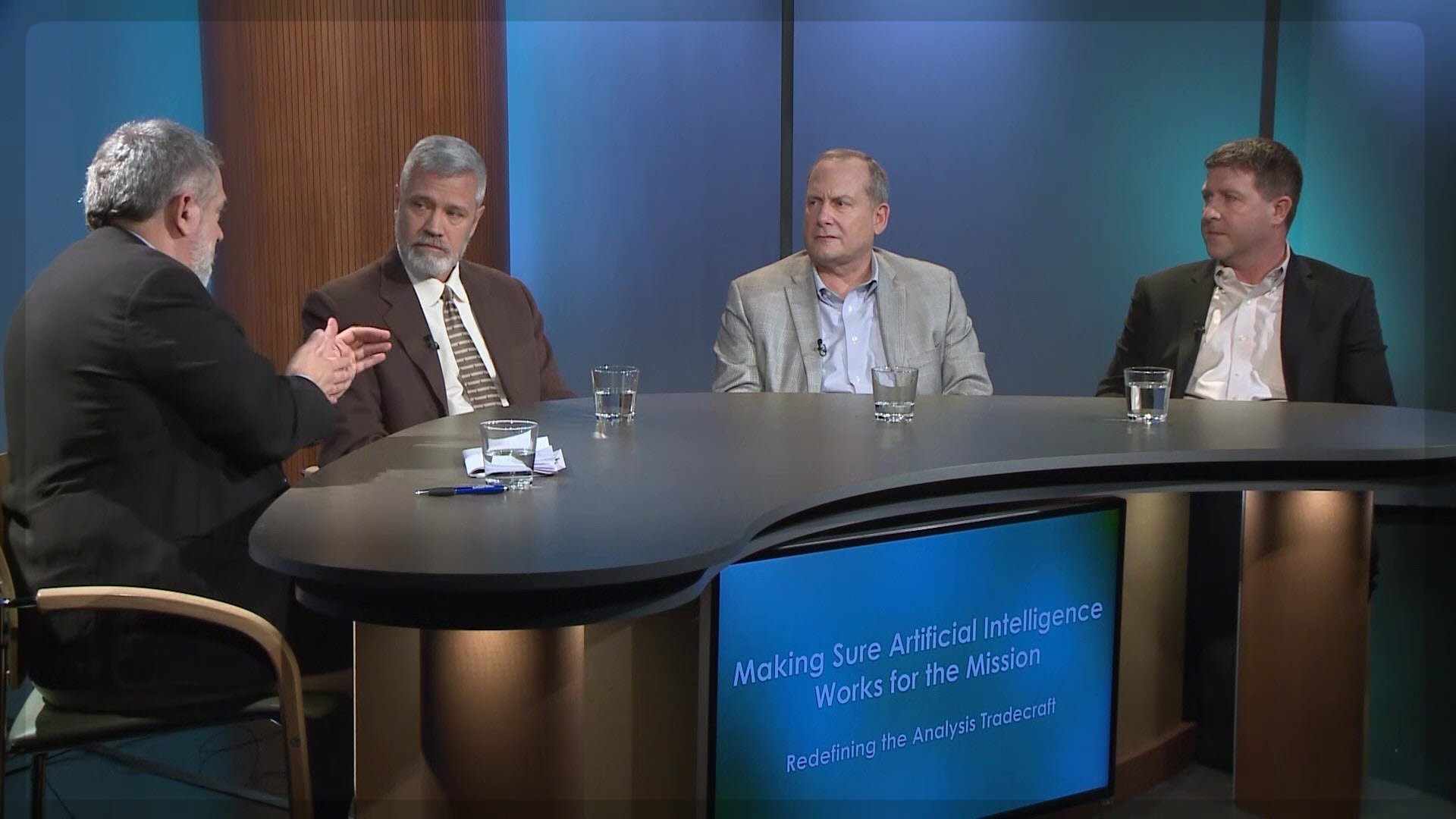

/arc-anglerfish-arc2-prod-mco.s3.amazonaws.com/public/MFY4ZF6MFJGN3PVDASD2IU3VRE.jpg)


